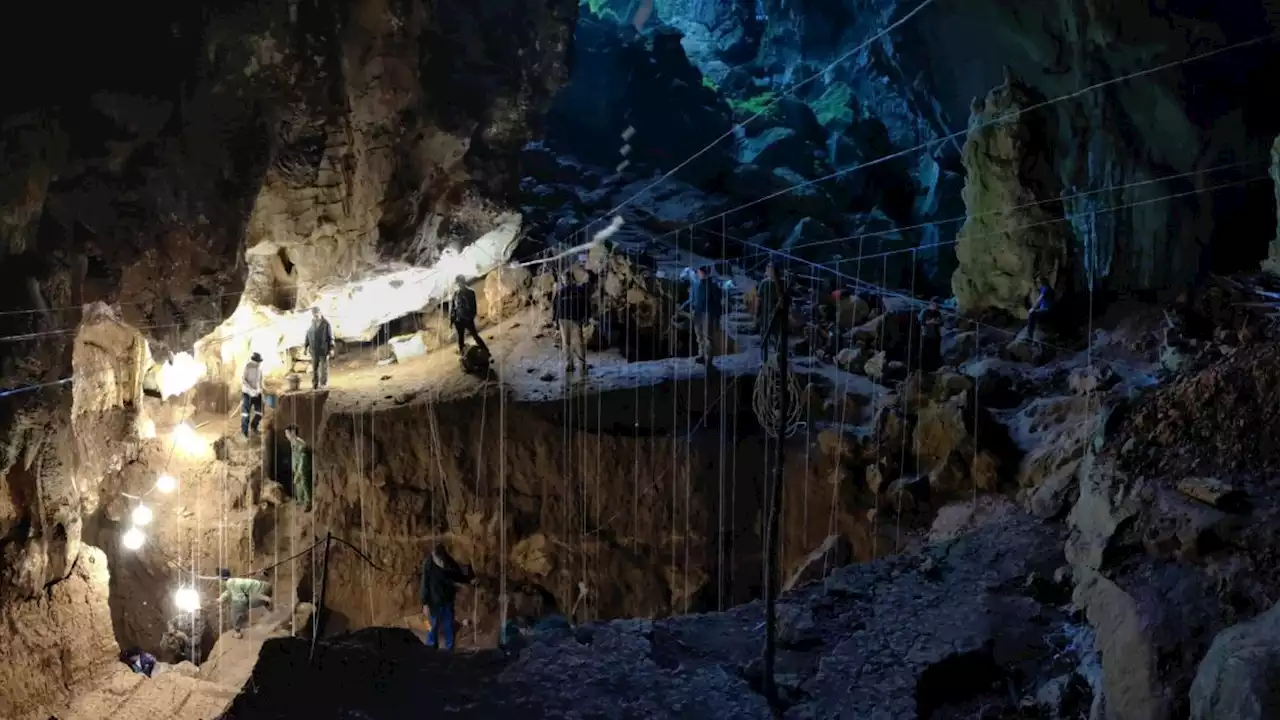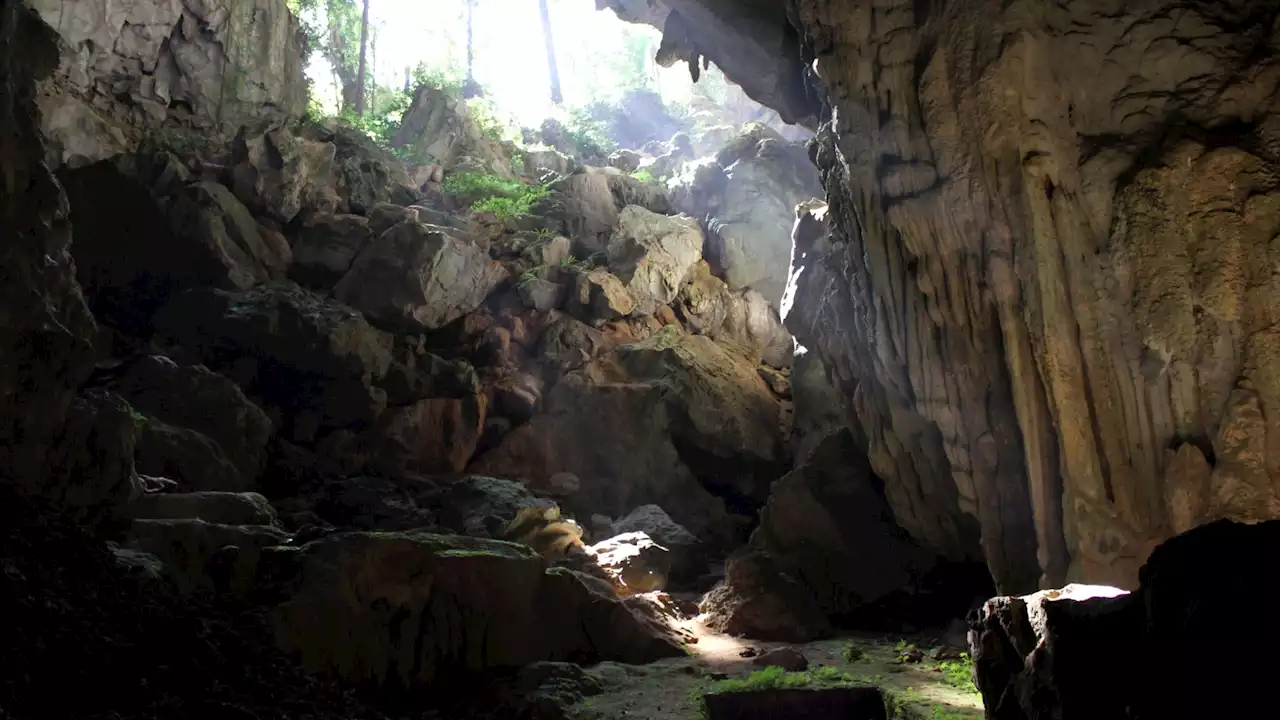A skull fragment and shin bone suggest that early modern humans might have passed through southeast Asia earlier than thought.
Fossil records in southeast Asia are limited, in part because the tropical climate decomposes most bones. The details of when early humans first arrived in the region, where they came from and where they migrated to is still a matter of debate, Shackelford says. Laos lies on a potential migration route to Australia, where the oldest archaeological site is around 65,000 years old
“We’re seeing something different,” Stark says. That doesn’t mean that the genetic models are incorrect, she says, just that the picture they reveal is incomplete.H. sapiens
United States Latest News, United States Headlines
Similar News:You can also read news stories similar to this one that we have collected from other news sources.
 Fossils in Laos cave imply modern humans were in Asia 86,000 years agoHuman skull and shinbone fragments found in a cave in northern Laos suggest modern humans may have been in South-East Asia between 68,000 and 86,000 years ago, considerably further back than the previous estimates of around 50,000 years
Fossils in Laos cave imply modern humans were in Asia 86,000 years agoHuman skull and shinbone fragments found in a cave in northern Laos suggest modern humans may have been in South-East Asia between 68,000 and 86,000 years ago, considerably further back than the previous estimates of around 50,000 years
Read more »
 86,000-year-old human bone found in Laos cave hints at 'failed population' from prehistoryThe discovery of a skull and shin bone fragment in a cave in Laos pushes back the earliest known date of Homo sapiens in Southeast Asia.
86,000-year-old human bone found in Laos cave hints at 'failed population' from prehistoryThe discovery of a skull and shin bone fragment in a cave in Laos pushes back the earliest known date of Homo sapiens in Southeast Asia.
Read more »
 Humans ventured through Asia's forests much earlier than we thoughtHomo sapiens passed by a cave in Northern Laos on their way through Asia around 40,000 years earlier than anthropologists had thought.
Humans ventured through Asia's forests much earlier than we thoughtHomo sapiens passed by a cave in Northern Laos on their way through Asia around 40,000 years earlier than anthropologists had thought.
Read more »
 Asia markets set for mixed open ahead of crunch central bank meetingsCentral banks in the U.S., Europe, and Japan are slated to meet this week.
Asia markets set for mixed open ahead of crunch central bank meetingsCentral banks in the U.S., Europe, and Japan are slated to meet this week.
Read more »
 Asia shares track Wall Street rally with inflation data, Fed in focusAsian shares edged up in early trade on Tuesday, following an upbeat session on Wall Street while investors turned their attention to key U.S. inflation data and the Federal Reserve's interest rate decision this week.
Asia shares track Wall Street rally with inflation data, Fed in focusAsian shares edged up in early trade on Tuesday, following an upbeat session on Wall Street while investors turned their attention to key U.S. inflation data and the Federal Reserve's interest rate decision this week.
Read more »
